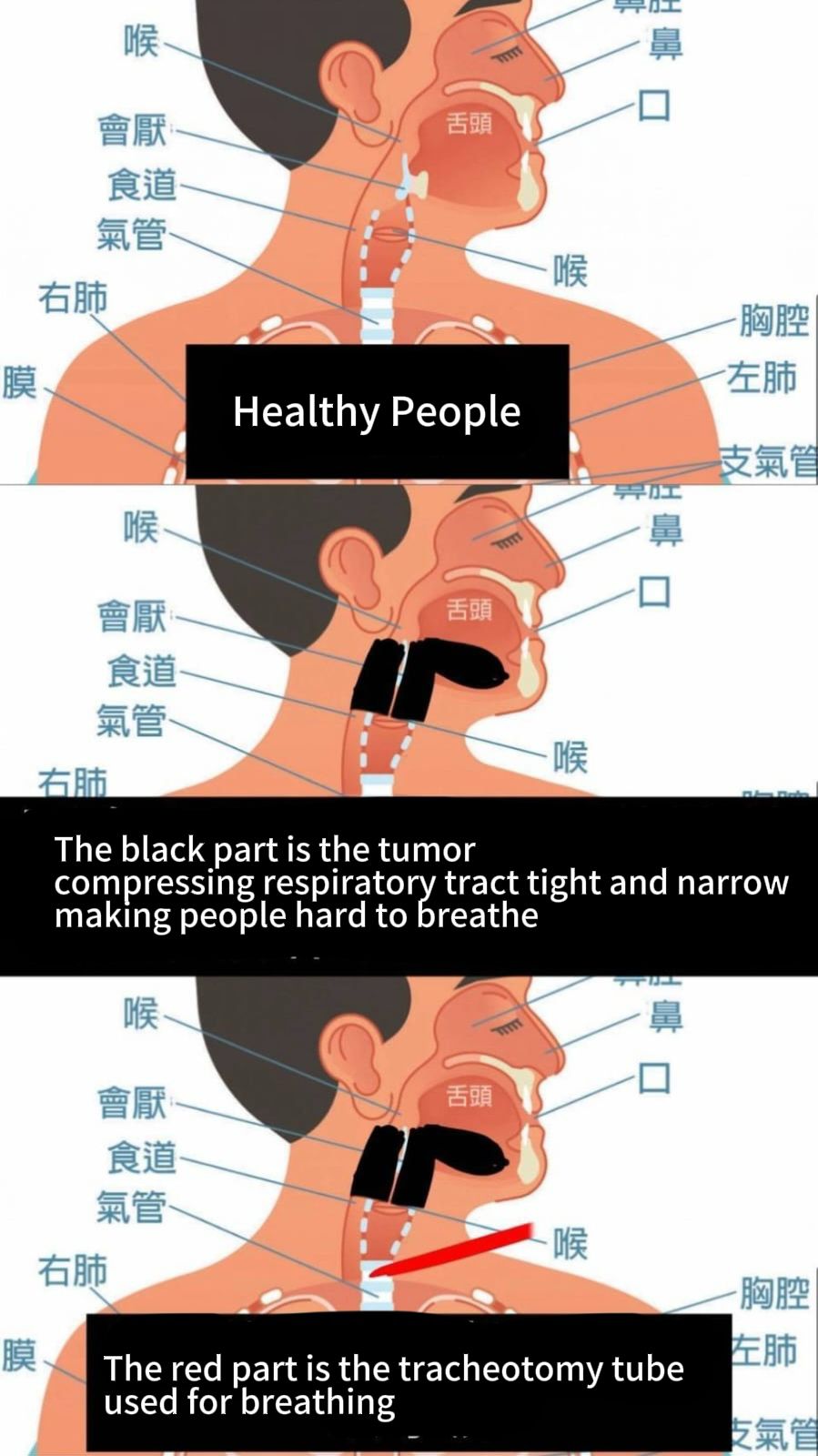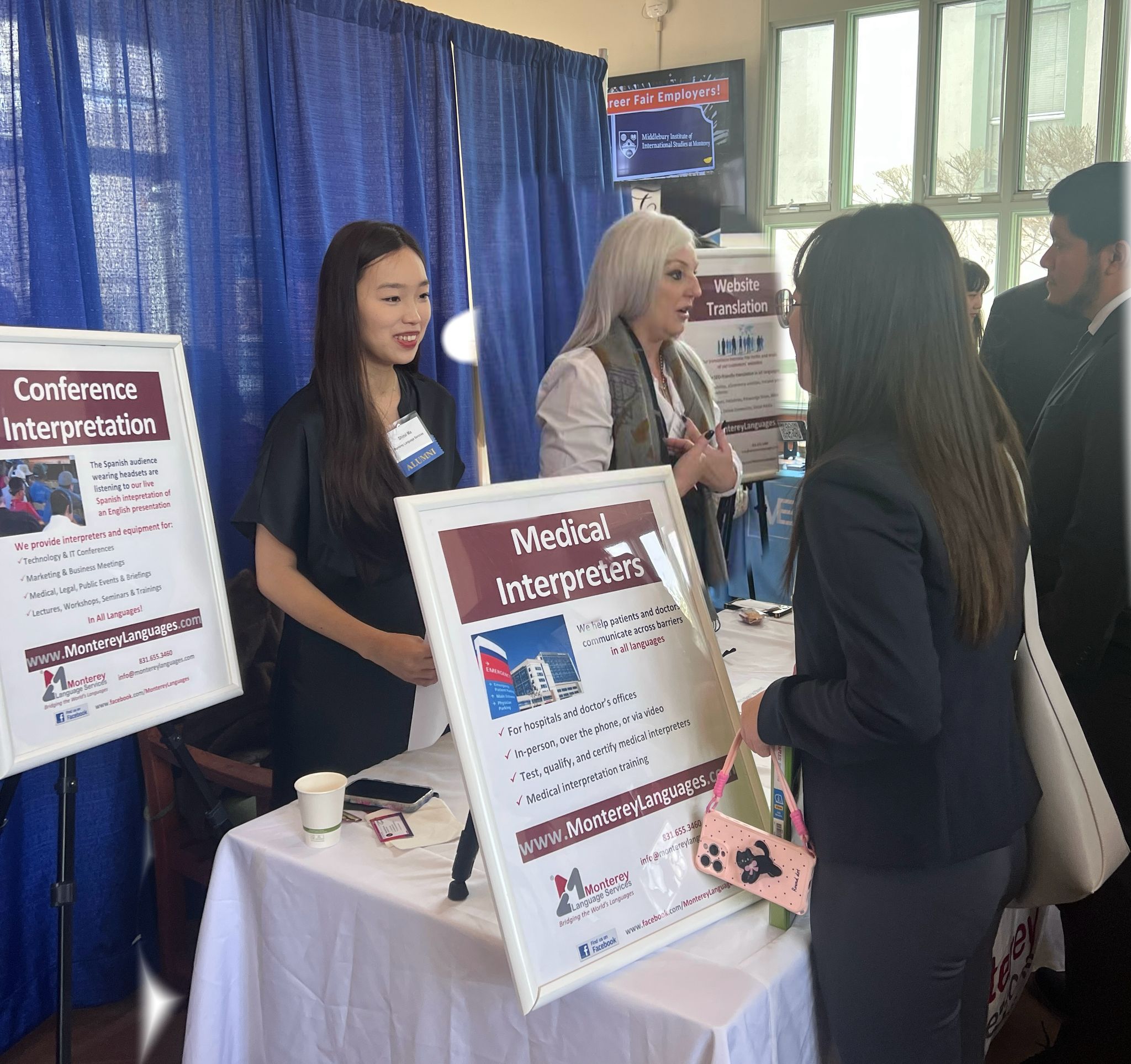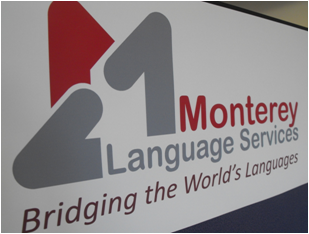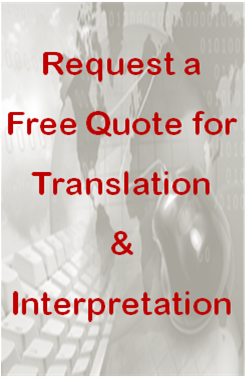This is the 2nd entry in our blog series on AI and Human in the new year of 2025 about how AI has been applied to our daily life, its potential and limitations. To demonstrate this, we’ve generated an AI video as an example.
First, we need to choose a topic because AI couldn’t choose for us without our input. Topics crossing our mind ranging from commercials for Monterey Language Service, trends for the translation and language industry, learning to ride bicycle, birds nesting, etc. The videos generated from these topics were unadorned, so we finally decided to make it easy for AI. We chose a topic that has a lot of materials for AI to go on — what is Genesis: A Creation of the Earth Story.
As predicted, the outcome is enjoyable. This video, showcasing the wonder of creation in seven days, the birth of the universe and the origin of life, is a testament to the union of art, technology, and imagination.
Please see the video here: https://youtu.be/u7zpyToo_Ls

We also are in the process of translating the English transcript to create traditional and simplified Chinese versions of the video.
The Process of Making the Script
The next step is to create a script. We wanted it to be detailed, blending poetic imagery with vivid descriptions, so we wrote a script based off Psalm 104 in the bible. The script emphasized a resonant style of classic religious art and modern fantasy aesthetics.
The voice talent came from the AI’s databases. The narration was not exactly what we fed the AI to, instead the AI used our prompt as a reference and generated the transcript read by the AI.
Creating the script using AI was a process of trial and error. Not specifying exactly what should happen in each scene would leave everything up to AI. At the same time, depending on the program there’s a limit to how much information we can feed the AI, so we can’t be overly detailed either. It’s best to think about the AI as someone you’re trying to explain your vision to.
We made all the explanations specifically so that the AI video generator understood and was able to make the video. All the necessity was to give information through human prompts to AI and let it generate everything from its databases.
Getting a result was quick, but the first version that came out needed some work, so it was tweaked by giving the AI notes on the general style of the video. We can specify a western animation style, eastern animation style, or black and white, etc.
After this, the prompt was further edited by dictating each scene. For most video generative AI, this is how you can make sure that the progression of the video happens the way you imagined it. See our dictation of scenes at the end of the blog.
The Potential of Creating an AI Movie
We think AI has chosen a wonderfully vibrant voice who delivers the excitement of first creation and keeps the audience captive. This voice brings out the soul of the video and it’s touching and not mechanic as we thought what AI creation would be like. AI makes videos that are human like. The AI potential is certainly there.
However, as with everything AI, there’s a lot to consider. Right now, AI can handle short, prompt-based videos with simple concepts, but it’s hard to tell what full-length movies made by AI would turn out to be like. There’s a lot that goes into making full movies, so it’s hard to imagine that AI can replace humans or save a lot of human time during the process.
However, this short video we made certainly shows proof of the concept that AI has the potential in making full movies that we are used to watching.
AI as a Creative Partner
After we put the script into the chat box, AI analyzed the script, prepared the video materials and began generating. The whole process took no longer than ten minutes.
The video of Genesis: A Creation of the Earth Story contains both narration and visuals. It’s amazing to see AI can generate a deep, resonant male voice paraphrasing the script, guiding viewers through the journey. The video is rife with video footage with some illustrations that align closely with the scenes described in the script. From the light breaking the darkness to sun and stars, and to the peaceful creation of humankind, each moment is visually represented.
This video is a celebration of creative collaboration between humans and AI. This project highlights how AI can be an invaluable partner in creating artistic projects. From generating visuals to refining language, AI helped us bring our ideas to life.
Despite the wonderful AI work, we noticed some flaws in the video: lack of a cover page and one unrelated B roll. We tried at first to further edit the prompt, telling AI to add a cover page and a title, however, the feedback was “Please clarify ‘subtitle’”.
Making AI delete the unrelated part was not smooth too, so we had to import the video into our usual video editor Adobe Premier Pro to manually delete it.
The conclusion is: Smooth and understandable conversation between humans and AI still has a long way to go. Yet, AI’s strength will grow with user input and will become better and better as long as it is continued to be used.
“Genesis – A Creation Story
Style: Epic, painterly, awe-inspiring, vibrant, and emotionally resonant. Think classic religious paintings combined with modern fantasy art.
Subject: The creation of the universe and life, in seven distinct scenes, each representing a “day” of creation.
Scene 1: Let There Be Light: Focus on the transition from absolute darkness to the first light. A gentle, almost imperceptible breath of color emerges, pushing back the void. Hues of amethyst and rose paint the darkness. Emphasize the quiet power of this moment.
Scene 2: The Firmament: God’s hand sweeps across the canvas, creating the heavens. Waters are separated, forming a shimmering dome. Celestial mist swirls and coalesces. Angels, depicted as beings of pure light, watch in silent awe.
Scene 3: Earth and Seas: The waters below are gathered, and dry land rises. Focus on the emerging continents, still wet and glistening. The land is bare but expectant.
Scene 4: Vegetation: An explosion of life! Plants, grasses, trees of all kinds burst forth. Focus on vibrant greens, from tender shoots to majestic trees laden with fruit. Each seed holds the promise of more life.
Scene 5: Celestial Lights: The sun, moon, and stars are placed in the firmament. The sun blazes with warmth, the moon glows softly, and the stars twinkle like diamonds on black velvet.
Scene 6: Creatures of Sea and Sky: The waters teem with life, from leviathans to tiny fish. Birds of all shapes and sizes fill the air, their wings carrying them across the sky.
Scene 7: Land Animals and Humankind: Animals roam the land, each unique and wondrous. Finally, God creates humankind, breathing life into them and imbuing them with His image. They are placed in a beautiful garden, a paradise of harmony.
Mood: Reverent, majestic, wondrous, peaceful, and ultimately joyful.
Keywords: Creation, God, light, darkness, heavens, earth, seas, plants, animals, humankind, garden, paradise, breath, whisper, symphony, cosmos.
Additional Notes: Pay attention to the details. The textures, light, and colors should evoke a sense of the divine. The overall impression should be one of awe and wonder at the majesty of creation. Consider using a color palette that evolves throughout the scenes, starting with muted tones and gradually becoming more vibrant as life appears.”


 (2 votes, average: 4.50 out of 5)
(2 votes, average: 4.50 out of 5)








